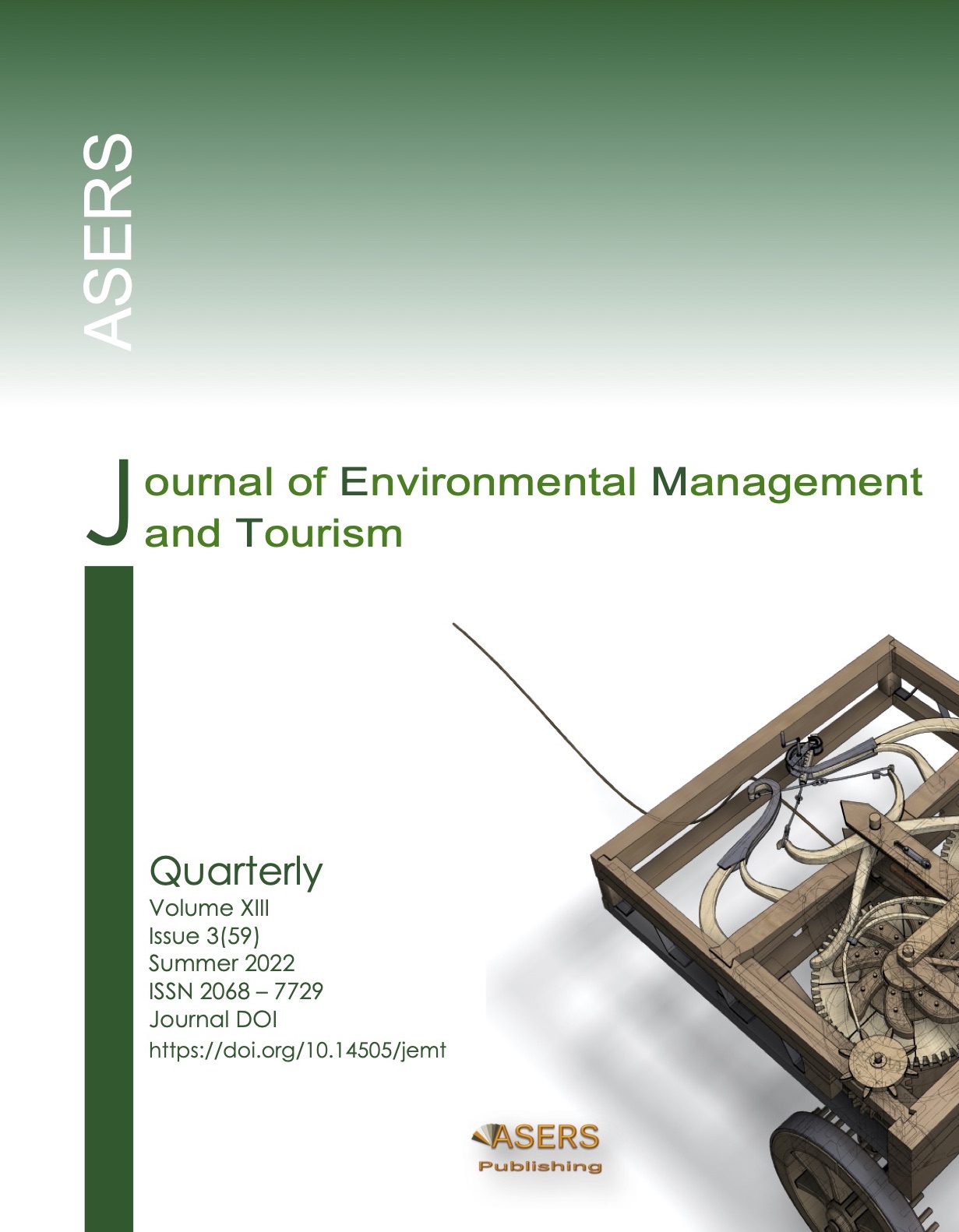Influence of Environmental Factors of Influence on the Volume of Financing in the Agro-Industrial Complex
Abstract
The availability of financing for agricultural innovation activities through business loans remains one of the most influential factors in the business environment and entrepreneurship development. A gradual improvement in lending conditions with government intervention will attract more customers to banks, which will allow the SME segment to grow and remain competitive, including in the agro-industrial complex. Agribusiness financing and lending issues are of great importance in financial accounting and taxation, so it is necessary to cover this topic by updating important points.
The purpose of the study is to substantiate the theoretical provisions and develop recommendations for improving the accounting for financing and estimating the cost of developing agricultural organizations in the Republic of Kazakhstan.
References
[2] Abdykalieva, Z.S. 2022. Research of problematic issues of agricultural cooperation in agro-industrial complex of Kazakhstan and Almaty region. Problems of Agri Market, 1(1): 178-187. DOI:https://doi.org/10.46666/2022-1.2708-9991.21
[3] Ben Amara, D., and Chen, H. 2022. Driving factors for eco-innovation orientation: Meeting sustainable growth in Tunisian agribusiness. International Entrepreneurship Management Journal. DOI:https://doi.org/10.1007/s11365-021-00792-0
[4] Hultgren, J., et al. 2022. Environmental Quality and Compliance with Animal Welfare Legislation at Swedish Cattle and Sheep Farms. Sustainability, 14(3): 1095. DOI: https://doi.org/10.3390/su14031095
[5] Malorgio, G., and Marangon, F. 2021. Agricultural business economics: the challenge of sustainability. Agriculture Economy, 9(6): 3-10. DOI: https://doi.org/10.1186/s40100-021-00179-3
[6] Pilipuk, A.V. 2022. Topical issues of development of the AIC of the Republic of Belarus. Problems of Agri Market, 1(1): 24-31. DOI: https://doi.org/10.46666/2022-1.2708-9991.02
[7] Poore, J., and Nemecek, T. 2018. Reducing food's environmental impacts through producers and consumers. Science, 360, 987. DOI: 10.1126/science.aaq0216
[8] Revenko, L.S. 2018. World food market in the era of the "gene" revolution. Moscow: CJSC Publishing House Economics, 302 p.
[9] Stamkulova, K.U., and Stamkulova, M.U. 2022. Assessment of environmental safety indicators of rural areas. Problems of Agri Market, 1(1): 45-51. DOI: https://doi.org/10.46666/2022-1.2708-9991.04
[10] Turekulova, D., et al. 2022. Analysis of Sustainable Development of SMEs and Factors Influencing to the Ecotourism Industry. Journal of Environmental Management and Tourism, 13(1): 211-222.
[11] Zholmukhanova, A.Z., Mukaliyeva, M.N., and Koitanova, A.Z. 2022. Monitoring of public support for agricultural producers in Germany and Kazakhstan. Problems of Agri Market, 1(1): 52-60. DOI:https://doi.org/10.46666/2022-1.2708-9991.05
[12] Analytical digest of Agricultural sector. 2021. Available at: www.https://www.1cb.kz/
[13] Decree of the Government of the Republic of Kazakhstan. 2021. On approval of the Concept for the development of the agro-industrial complex of the Republic of Kazakhstan for 2021–2030. Available at: www.https://adilet.zan.kz/
[14] Electronic resource: https://public.wmo.int/
[15] Impact of the programs implemented by the Damu Fund on the development of the SME sector and the diversification of the economy (macroeconomic effect). Review for 2014-2020. Available at: https://damu.kz/
[16] Official resource of “KazHydroMet”. Available at: http://www.kazhydromet.kz
[17] Official resource of Data from the Bureau of National Statistics of the Agency for Strategic Planning and Reforms of the Republic of Kazakhstan for 2011-2021. Available at: http://www.stat.gov.kz
[18] Official resource: https://primeminister.kz/ru/news/reviews/itogi-apk-za-4-mesyaca-2020-goda-sozdanie-novyh-moshchnostey-uvelichenie-ploshchadi-selhozkultur-i-cifrovizaciya-352342
[19] Strategy of scientific and technological development. 2021. Kazakhstan is a country of quality life and active longevity in the post-pandemic world. Available at: https://en.wikipedia.org/wiki/Almaz_Sharman
Copyright© 2025 The Author(s). Published by ASERS Publishing 2025. This is an open access article distributed under the terms of CC-BY 4.0 license.
